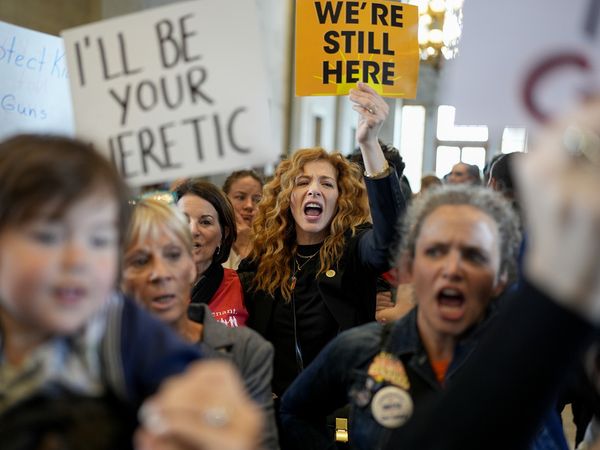
Rental housing has become so expensive and hard to find that it’s stopping workers from moving to regions that are desperate to fill jobs.
The lack of affordable housing is costing regions millions as businesses are unable to operate at full capacity and expand, a report has found.
Everybody’s Home spokesperson Kate Colvin said essential workers, such as aged care staff, were struggling to find affordable housing as rents rose and vacancy rates remained stubbornly low.
Ms Colvin said there could be as many as 60 households vying for a single property at a rental inspection.
“Most people miss out, and if people do move to the area they spend weeks or months on a couch or in a tent in a backyard, and often they won’t move, and that’s why employers can’t fill those vacancies,” she told ABC Radio.
A report by Impact Economics and Policy for Everybody’s Home found the number of jobs in parts of regional Australia dramatically outstripped available housing compared with major urban centres.
In Geelong and surrounding areas in Victoria, for example, there was one house for every 10 jobs. In Melbourne, there was one house for every six jobs.
The lack of affordable housing is also costing regions millions in lost economic opportunities.
The Sunshine Coast in Queensland, which has seen rents rise by 36 per cent since March 2020, is expected to lose $786 million each year due to job vacancies, the report found.
Treasurer Jim Chalmers has recognised the role of housing in the context of labour shortages, and on Monday suggested super funds could invest in housing to help boost supply.
Ms Colvin said it was difficult for superannuation funds to invest in affordable housing because they were mandated to invest in assets that generated profits for members.
“The problem with housing is house prices and the cost of land has escalated so much that it is simply not profitable for people to buy land and turn it into rental housing,” she said.
Ms Colvin said it was not possible to deliver rental housing for modestly paid essential workers without government subsidies.
Based on 2016 government research, Ms Colvin said housing only stacks up for super investment if governments cover the difference between the cost of delivering new social housing and what people on low incomes can afford to pay in rent.
Ms Colvin called on the government to expand social and affordable housing construction by 25,000 new dwellings per year.







